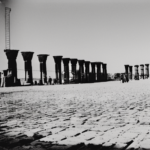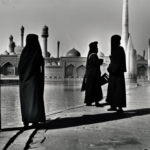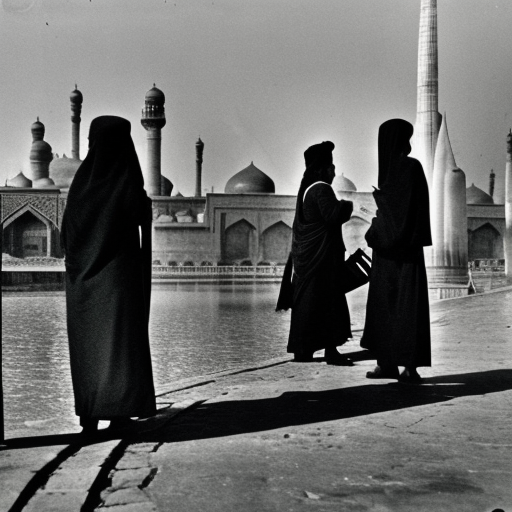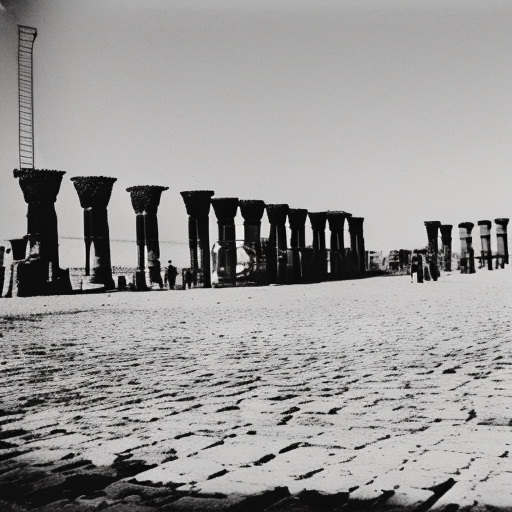The Safavid Empire in Persia
The Safavid Empire, also known as the Safavid dynasty, was a powerful Persian empire that ruled over Iran from 1501 to 1736. It was founded by Shah Ismail I, who established Twelver Shiism as the state religion and sought to create a strong centralized state.
Foundation of the Safavid Empire
The Safavid Empire was founded by Shah Ismail I in 1501. He claimed descent from the seventh Imam of Twelver Shiism and used religion as a tool to unite the diverse Persian population under his rule. Ismail successfully defeated the Aq Qoyunlu Turkic tribal confederation and established his capital in Tabriz.
Expansion and Consolidation
Under Shah Ismail I and his successors, the Safavid Empire expanded its territories through military conquests. Ismail’s son, Shah Tahmasp, continued the expansion and moved the capital to Qazvin. The empire reached its peak under Shah Abbas the Great, who ruled from 1588 to 1629. Abbas implemented a series of reforms to strengthen the empire and modernize its military.
Religious Policies
The Safavid Empire was the first state to adopt Twelver Shiism as the official state religion. This decision had significant implications for the empire’s religious and political landscape. The Safavids actively promoted Shiism and persecuted Sunni Muslims, leading to tensions with the neighboring Ottoman Empire, which was predominantly Sunni. The rivalry between the two empires often led to conflicts.
Cultural and Artistic Achievements
The Safavid Empire witnessed a flourishing of Persian art, culture, and architecture. Shah Abbas the Great was a patron of the arts and commissioned the construction of numerous beautiful buildings, including the famous Imam Mosque in Isfahan. The empire also produced exquisite miniature paintings and carpets, which are highly regarded to this day.
Decline and Fall
The Safavid Empire began to decline in the late 17th century due to a combination of internal and external factors. Weak rulers, corruption, and economic difficulties weakened the empire from within. Externally, the empire faced invasions from the Ottoman Empire and the rise of the powerful Mughal Empire in India.
In 1722, the Afghan Hotaki dynasty invaded Persia and captured the Safavid capital of Isfahan. This marked the beginning of the end for the Safavid Empire. Although the Safavids briefly regained control in 1729, they were ultimately overthrown by the rising power of the Afsharid dynasty in 1736.
Legacy
Despite its eventual downfall, the Safavid Empire left a lasting impact on Persian history and culture. The empire’s promotion of Shiism had a profound influence on the religious identity of Iran, which remains predominantly Shiite to this day. The Safavids also played a crucial role in preserving and promoting Persian language and literature.
In conclusion, the Safavid Empire was a significant Persian dynasty that ruled over Iran for over two centuries. It was founded on the principles of Twelver Shiism and expanded its territories through military conquests. The empire reached its zenith under Shah Abbas the Great, but eventually succumbed to internal and external pressures. Despite its decline, the Safavid Empire’s cultural and religious legacy continues to shape Iran’s identity.












